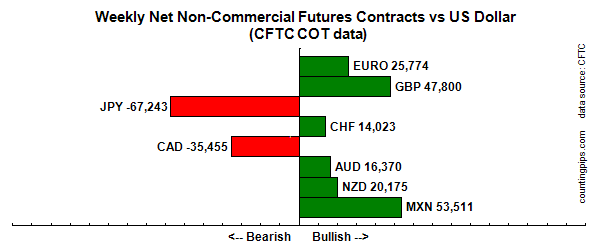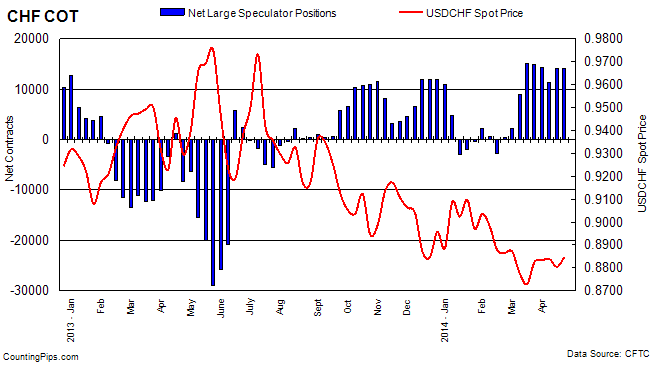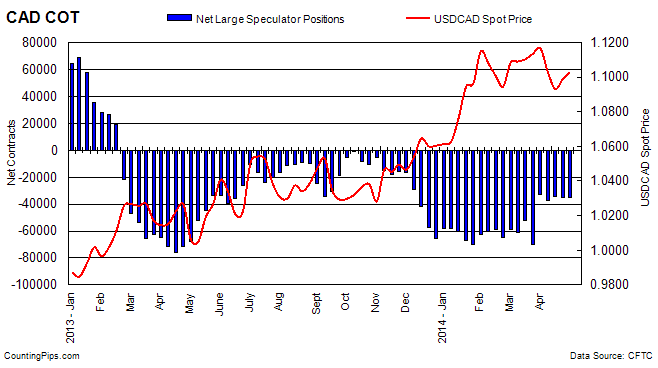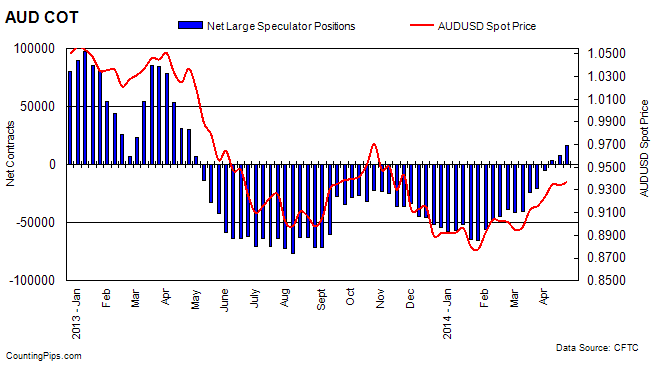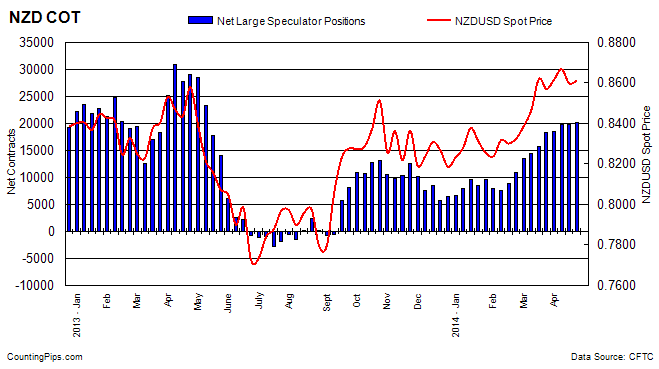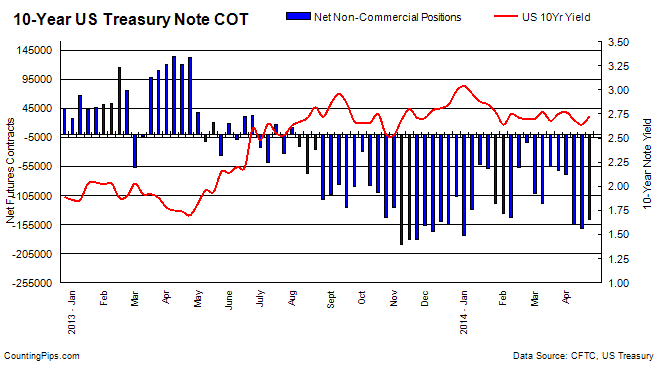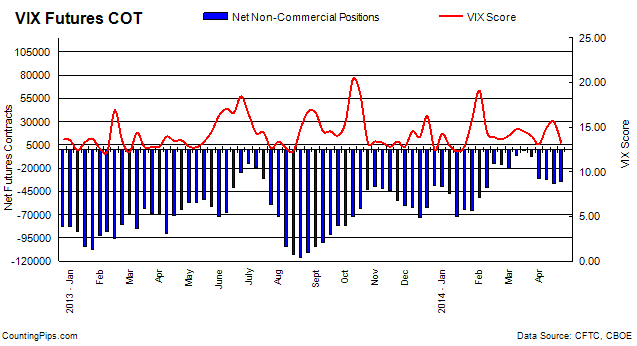By MoneyMorning.com.au
Did you catch the near £1bn smash-down in technology company Quindell this week?
It was caused by a research note from an American outfit called Gotham City, which made some seriously damning claims about the legitimacy of Quindell’s profits.
Until recently this company was one of the London stock market’s darlings, having risen from a couple of pence in 2011 to around 40p…
But when Gotham published its research note, Quindell’s stock immediately halved in value.
And rather like Batman, the vigilante of Gotham City (presumably where this outfit got its name), it’s sometimes a tough job to know whether investment vigilantes are a genuine force for good.
Was Gotham providing a genuine service for investors? Or was this actually a bear raid by a cynical hedge fund looking for a quick profit on a short position…?
Profit From Major Market Scandals
I quite like the idea of vigilantes, both in markets and outside them. I mean, surely only the baddies should fear the likes of our caped crusader!
And there have always been vigilantes in the markets. You hear about the bond vigilantes that supposedly take governments to task on their fiscal affairs. In the currency market George Soros was amongst a group who shorted the pound in 1992, famously ‘breaking the Bank of England’ and forcing the pound out of the ERM.
Looking back, it now appears that this was actually a fantastic boon for the UK. The lower pound increased the UK’s competitiveness as well as making it far more difficult to join the eurozone’s currency regime.
As far as famous stock shorters go, you may be familiar with Jim Chanos, the hedge fund manager that was among the first to discover the illicit goings on at Enron. Duly he made a mint by shorting the stock. Closer to home, we’ve got our own Simon Cawkwell, AKA Evil Knievil — whose successes have included unearthing the Robert Maxwell fraud and Northern Rock’s disastrous mismanagement.
Again, the guy puts his money down (or not, as is the case with shorting!), and hopes to profit as the scam comes to light. Indeed, according to The Telegraph, Cawkwell has benefited from a significant short on Quindell…lucky him!
Research House or Hedge Fund Stooge?
As far as Gotham goes, it’s unclear who’s behind the ‘research house’. Some speculate a hedge fund — and that’s probably likely to be the case. On its website, Gotham states that it may have positions in the stocks it researches.
‘May have’…I’d read that as, almost certainly does have!
You can read Gotham’s 74 page report by clicking here. I’m certainly not endorsing it, but it may be of interest to readers — even if you don’t hold the stock. Gotham tackles some of the major issues that we should all be aware of when going through a company’s accounts.
Gotham states that ‘Quindell was little more than a country club until 2008/2009, yet QPP somehow began reporting Microsoft/Google-esque profit margins in 2010/2011.’
It also points out that 26% to 43% of Quindell’s 2009/2010 revenues came from a business owned by the CEO Robert Terry, and that 41% of 2011 revenue came from an undisclosed related party (ie, from a business controlled by a Quindell executive).
Essentially, Gotham is asking whether Quindell’s revenue is real, or just made up by moving cash around between related companies. Not least because, despite the reported profits surge, there is, ‘No free cash flow and negative operating cash flow.’
And it’s a good point…that’s always one of the first things I look at when going through accounts: do the reported profits follow through into cash flow for the business?
The Goodies and the Baddies
Anyway, as if those accusations aren’t bad enough, Gotham further suggests that 10 or more of Quindell’s recent acquisitions ‘lack economic substance’ — that is, they were little more than paper companies!
There are allegations about ‘Ponzi-style schemes’ from former executives and a significant question mark should be inferred by the fact that ‘It [Quindell] has had three different auditors in three years since 2011.’
Oh, what a mess! Now, you should be aware that Quindell refutes all of Gotham’s claims. And I understand they will be releasing a full response in due course.
All we know at this stage is that Gotham has certainly asked some rather probing questions. And if they’re right, then it must be a good thing to curtail a sham operation before it sucks in more investor cash.
However, if the report was written with malicious intent and based on obvious un-untruths, the authors behind it are likely to be pursued. They won’t be able to stand behind the anonymity of its website forever.
How exciting…who are the goodies and who are the baddies? Time will tell.
Bengt Saelensminde,
Contributing Editor, Money Morning
Ed Note: The above article was originally published in MoneyWeek.
Join Money Morning on Google+

By MoneyMorning.com.au






